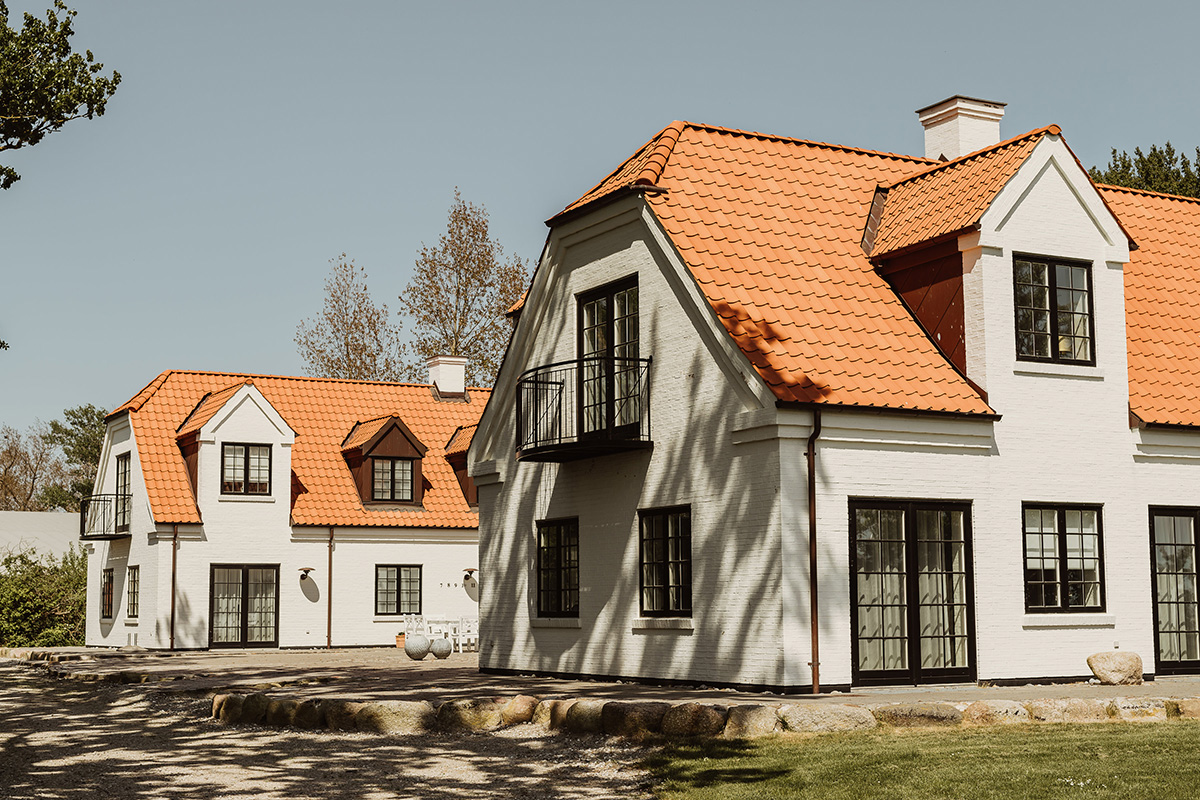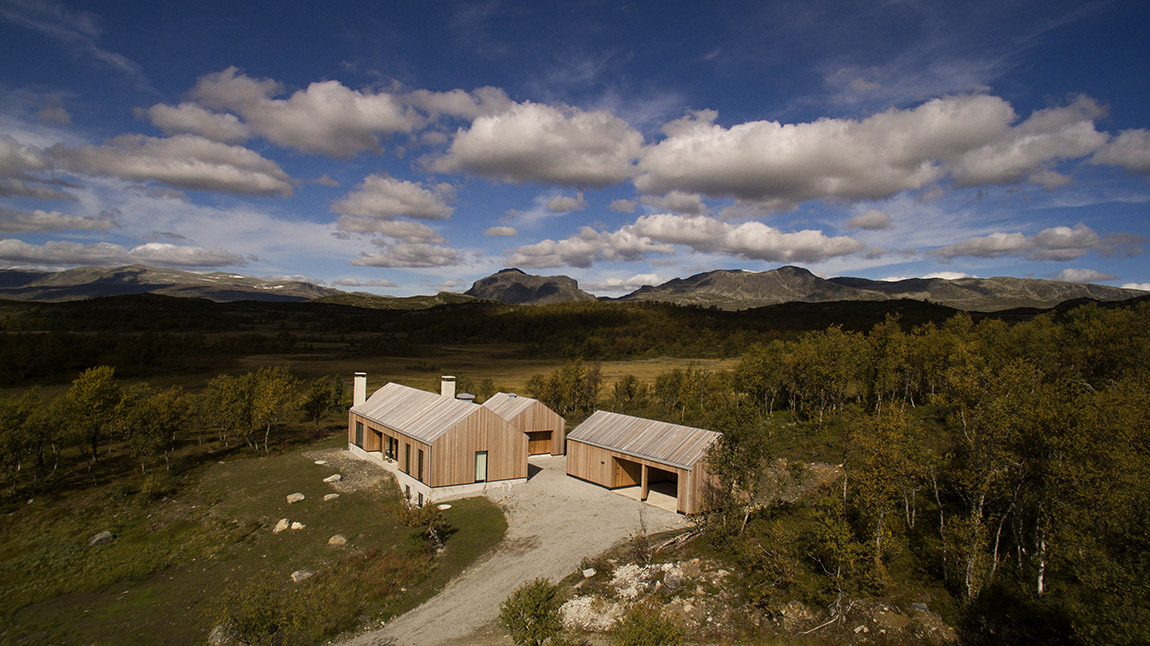Timberman Denmark A/S: The climate positive future of cork
By Camilla Pedersen | Photos: Timberman Denmark A/S
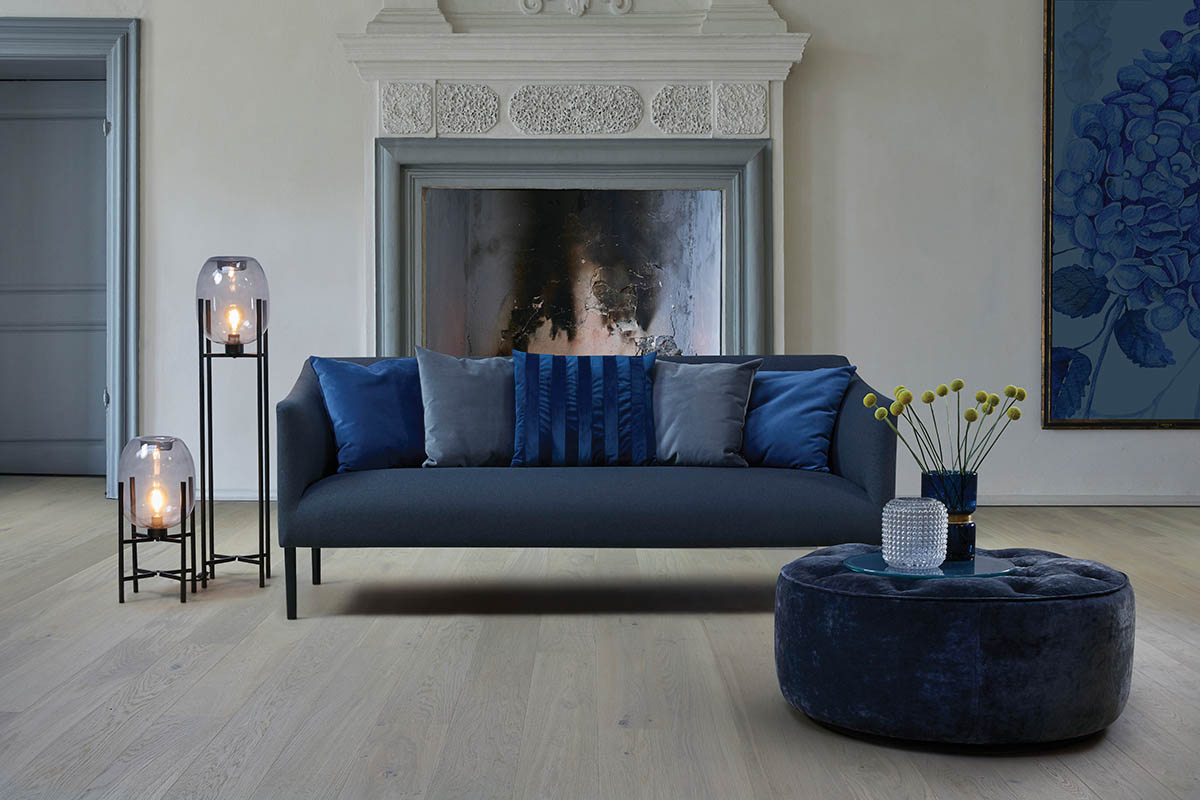
Timberman Denmark specialises in wood, cork and vinyl hard-floor coverings. Pictured is a grey, washed oak plank floor.
Timberman Denmark A/S has provided hardwood floors to private and commercial projects since 2001 – always with a sharp focus on sustainability and social responsibility. But when it included cork flooring in its product portfolio one decade later, as part of its joint venture with Amorim, the world’s leading cork manufacturer, it took its business to new and even more climate-positive levels.
While wooden floors are still an important part of Timberman Denmark’s product portfolio, the Jutland-based company sees a growing demand for cork flooring – a trend that only proves that a strong foundation of cork is future proof. “Cork is one of the most sustainable materials available, but Amorim has been using it for 150 years, so it’s interesting to see how it has now become a material that everyone talks about and appreciates for its versatility and many positive impacts in their quest for a more climate-positive future,” says Mogens Fisker, managing director of Timberman Denmark A/S.
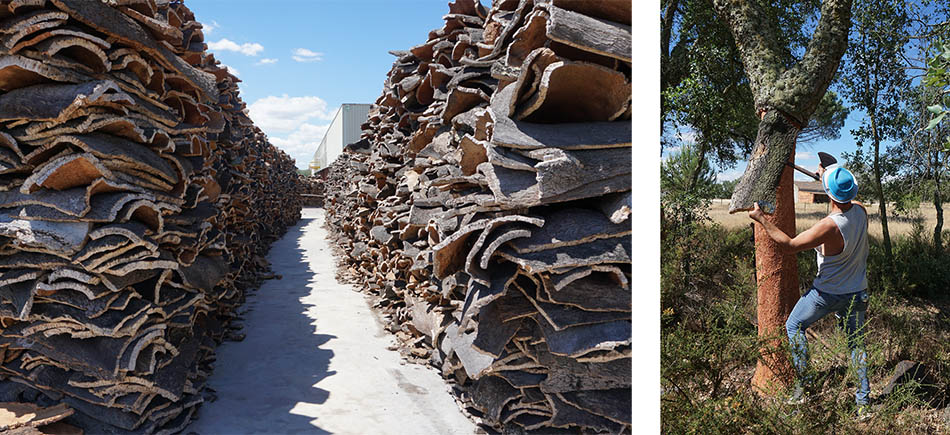
Left: Bark harvested from cork oak trees in Portugal. Cork production is one of Portugal’s biggest industries. Right: Peeling bark off the cork oak trees requires skill and precision.
While the company has offered a variety of cork floors since it joined forces with Portuguese Amorim in 2011, the most recent product addition is truly ground-breaking. “Amorim WISE is our new range of cork flooring, which has a carbon-positive footprint. It is made of cork and recycled materials that absorb more CO2 than they emit throughout the entire production cycle, which makes it the world’s first climate-positive flooring,” explains Fisker.
From bark to base
Not only does each square metre of cork flooring do good for the environment; the production of cork is also climate friendly, as it doesn’t involve wood cutting or machines. “Cork comes from the bark of the cork oak tree. Oak harvesting is a profession that is passed on from generation to generation. The harvesters split off the outer layers of a cork oak tree by hand, using an axe without damaging the rest of the tree – a delicate process that requires skill, precision and practice. A cork oak tree can be harvested when it is 25 years old, and then every nine years. A typical lifetime is over 200 years, meaning that a tree can be harvested up to 19 times,” Fisker says.
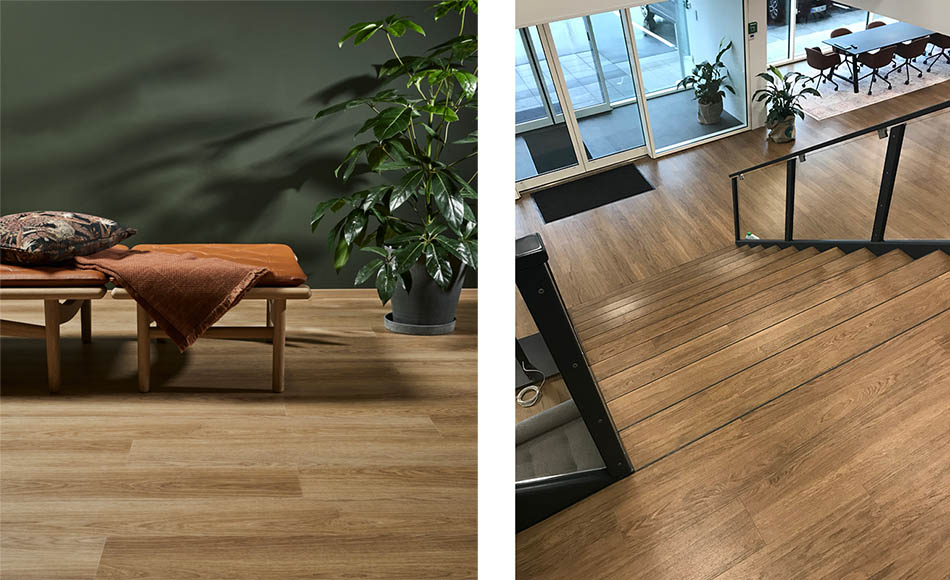
Left: Amorim WISE is a non-PVC and 100 per cent natural cork floor. It is available in a wide range of finishes. Pictured is Manor Oak.
The material itself is recyclable and the residue from the production is granulated, after which it can be used as environmentally friendly biofuel. The majority of the harvested bark is used for wine stoppers, and the rest is converted to cork granulate, which can be used for insulation, aircraft production, the fashion industry, building materials – and cork floors.
Traditional textures and Scandi-style
While people are becoming more and more environmentally conscious, aesthetics still matter. “Most people associate cork with wine stoppers and brown cork floors that were modern a few decades ago, but a lot has changed. You can still get the floors with the traditional cork texture, but the new generation of cork floors offers surfaces that look like real wood or stone floors. They are stylish, modern and Scandinavian-looking, but also offer an extremely efficient natural sound absorber, due to their cellular structure. This makes a big difference in modern Scandinavian new-builds that are often characterised by large spaces and high ceilings – in private homes and workplaces as well as public high-traffic areas. When you use cork in your flooring, you enjoy the benefits of the material, no matter if it’s in the actual surface or as part of the construction.”
About cork flooring: In addition to being climate positive, cork flooring is also: – Ergonomic: cork is a soft and comfortable material with several ergonomic benefits. – Sound absorbing: cork has a positive acoustic effect and reduces noise by up to 20 decibels. – Insulating: the insulating properties make the floor feel naturally warm. – Durable and easy to maintain: a cork floor is easily cleaned with water and soap. Facts: – A single cork wine stopper absorbs almost 400 grams of CO2 in its lifetime. – The entire production of Timberman’s range of cork floors takes place in Portugal, the world’s biggest producer of natural cork. – Timberman Denmark A/S was established in 2001 after a management buy-out of another well-known company, Trip Trap Denmark. – Timberman entered a joint venture with Amorim Group, Portuguese cork producer as well as manufacturer and supplier of Wicander’s cork flooring. Web:www.timberman.dk Facebook: Timberman Denmark A/S Instagram: @timbermandk LinkedIn: Timberman Denmark A/S
Subscribe to Our Newsletter
Receive our monthly newsletter by email

